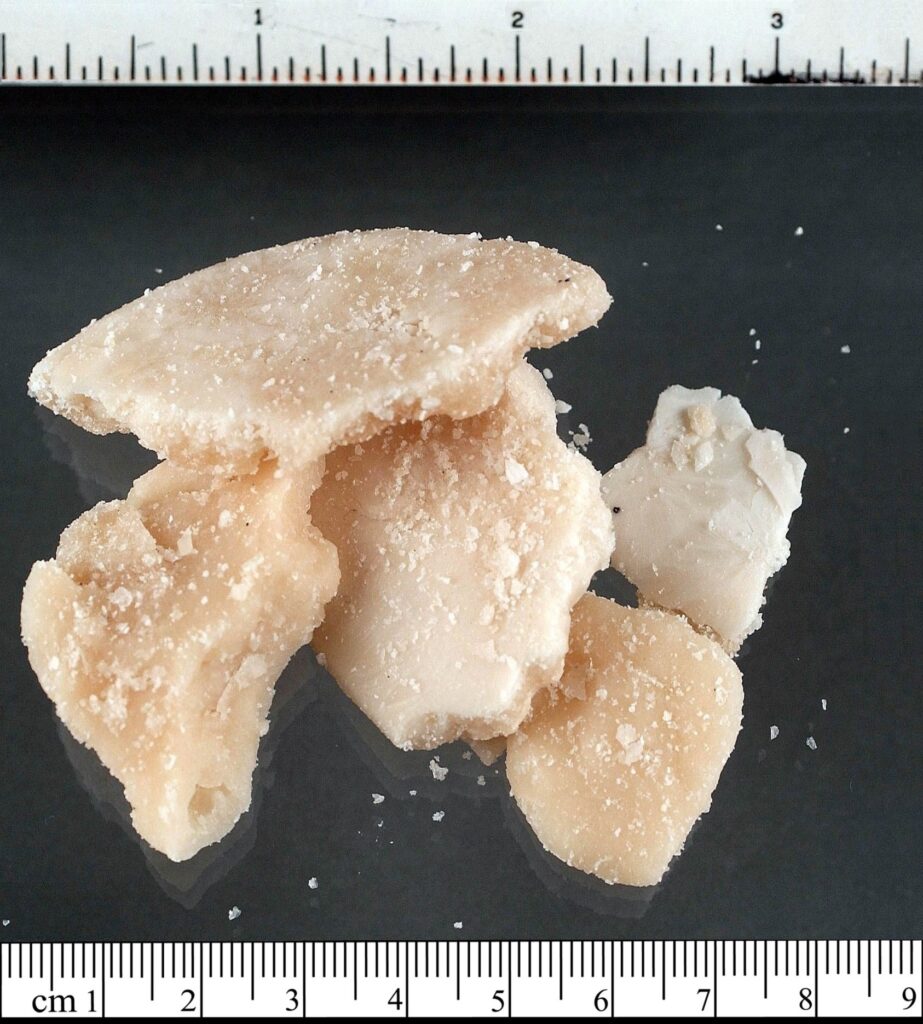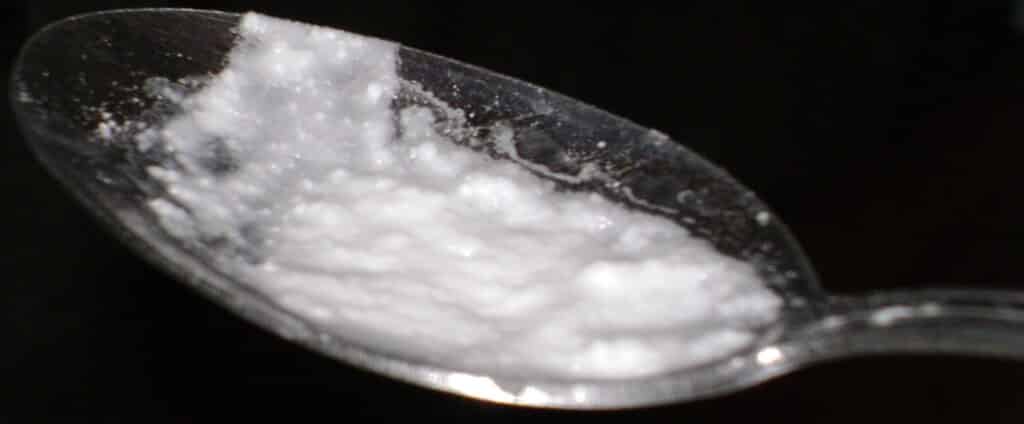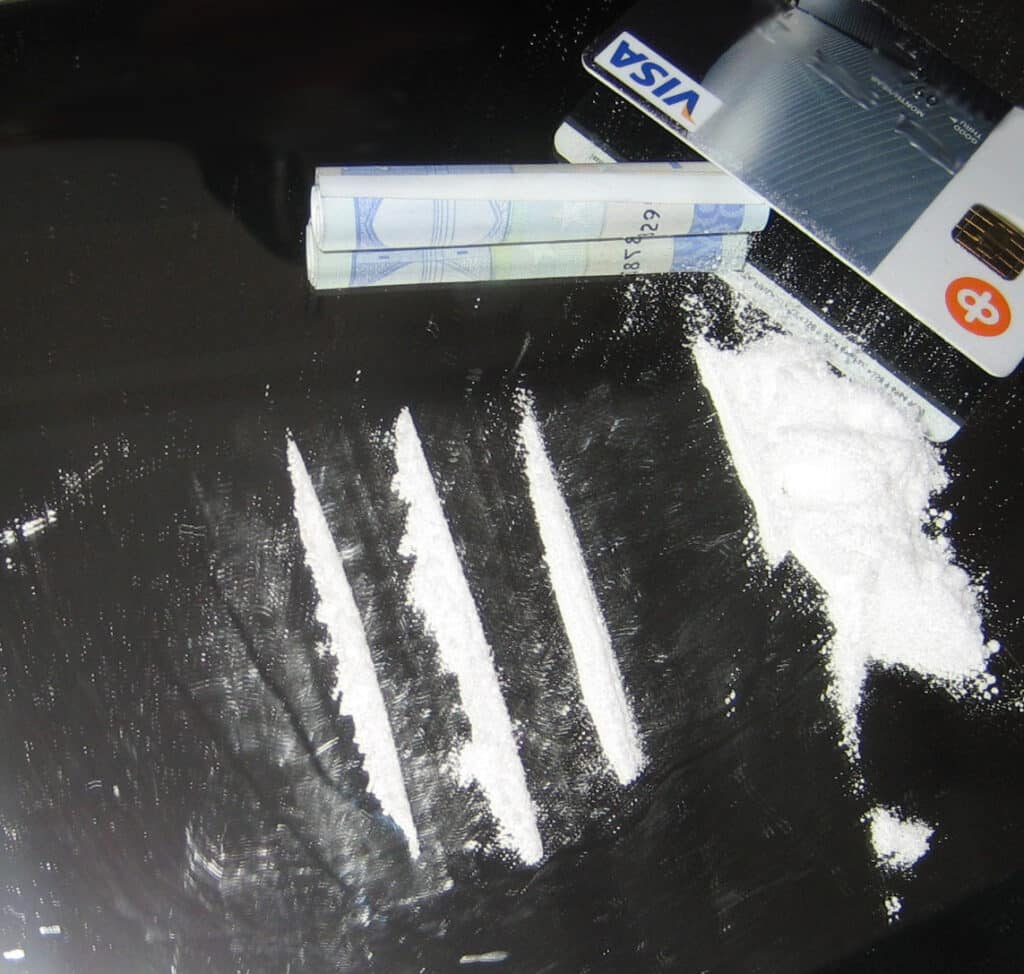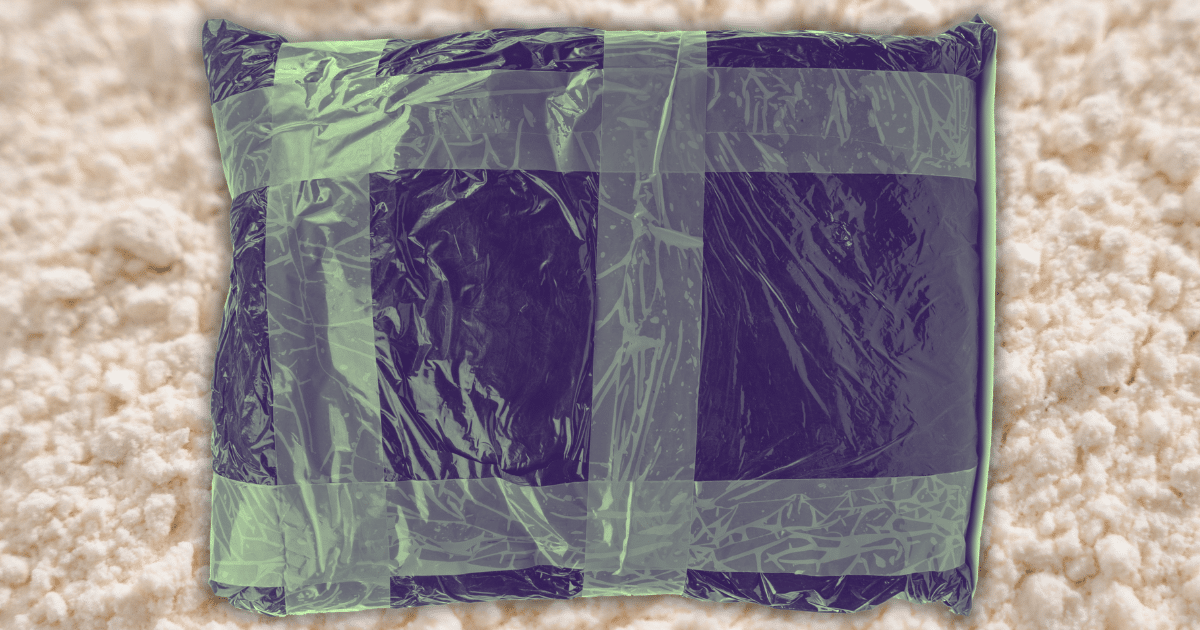Understanding the Difference Between Crack and Cocaine
Both crack and cocaine originate from the coca plant, but crack is processed into a “freebase” form, making it smokable. In contrast, powdered cocaine is not suitable for smoking.
When discussing the substance abuse landscape, the terms “crack” and “cocaine” often surface in conversation. They have distinct properties, methods of use, and impacts on individuals. Understanding these differences is crucial for anyone seeking recovery or helping a loved one navigate addiction treatment. Here’s a comprehensive look at crack and cocaine, outlining their distinct characteristics and how they affect the journey to recovery.

A comparison chart showing the differences between crack and cocaine
What is Cocaine?
Cocaine is a stimulant drug extracted from the leaves of the coca plant, native to South America. Often appearing in a fine, white powder, people generally snort cocaine through the nose or dissolve it in water to inject it. Sometimes users even rub the powder on their gums.
Effects of Cocaine
- Increased energy
- Elevated mood
- Enhanced self-confidence
- Decreased appetite
What is Crack?

An example of crack cocaine
Manufacturers chemically alter cocaine to produce crack, a solid, rock-like substance. Its color can range from white to cream or even slightly pink, depending on the additives used. Crack offers a more intense but shorter-lived high compared to powdered cocaine, making it highly addictive and dangerous. Crack gets its name from the cracking sound it makes when smoked.
Effects of Crack
- Intense euphoria
- Extreme alertness
- Amplified energy
- Heightened sensitivity to sight, sound, and touch
Key Differences Between Crack and Cocaine
Chemical Composition
Although crack and cocaine both come from the coca plant, crack undergoes a process to create a “freebase” form. This makes it smokable, whereas the powdered form of cocaine is not.
Method of Use
Cocaine is primarily snorted or injected, while crack is commonly smoked. The method of use impacts how quickly the substance reaches the brain and, consequently, how rapidly effects manifest.
Duration of Effects
The effects of snorted or injected cocaine last about 15 to 30 minutes, whereas the effects of smoked crack are shorter-lived but more intense, typically lasting about 5 to 10 minutes.
Legal Consequences
Both substances are illegal under federal law, but penalties for crack possession have historically been more severe. This discrepancy often leads to a disproportionate impact on disadvantaged communities.
Price
Crack is generally cheaper than cocaine, making it more accessible but equally dangerous. The low cost often perpetuates cycles of abuse and makes recovery challenging.
Addictiveness
Both substances are highly addictive but because crack’s effects are quicker and more intense, it has a higher potential for dependency.

A spoon with crack
The Shift from Cocaine to Crack: A Look at U.S. Trends
In the 1980s, America witnessed a noticeable decline in cocaine use, but this didn’t signify the end of substance abuse issues; instead, crack emerged as a cheaper, more accessible alternative. Several factors contributed to the transition from cocaine to crack within the United States.
Economic Accessibility
Cocaine was often seen as a “luxury” drug associated with affluence and celebrity culture. Its high cost limited its user base to those who could afford it. Crack, on the other hand, was significantly cheaper, opening the doors for a broader range of people, especially those in financially disadvantaged communities.
Quick and Intense Effects
Crack’s smoking method allows the drug to enter the bloodstream rapidly, delivering an almost instantaneous high. The fast onset and intense effects attracted users seeking a more potent experience compared to the more gradual effects of snorted or injected cocaine.
Social and Cultural Factors
Media portrayals and cultural perceptions also played a role. While cocaine was often glamorized in movies and television, crack was demonized, becoming synonymous with impoverished, crime-ridden communities. Despite the social stigmas, the low cost and potent effects continued to draw in users.
Availability and Manufacturing
Crack could be easily produced using basic kitchen technology. The process of converting cocaine into crack is relatively simple, making it easy to manufacture in small settings. This made distribution more straightforward, creating a booming, illicit industry that could operate almost anywhere.
Policy and Law Enforcement
Stringent laws were put in place to deter cocaine use, leading to severe penalties for possession and distribution. As a response, black-market sellers found a loophole in producing crack, which initially faced less severe legal consequences. Although the law eventually caught up, crack had already entrenched itself in various communities.
Implications for Recovery
The shift from cocaine to crack poses distinct challenges for recovery programs. Understanding these transitions and the reasons behind them allows treatment providers to adapt strategies that consider the economic, social, and medical facets of crack use. This comprehensive approach ensures that the treatment is as effective as possible in guiding individuals toward recovery.

Standard lines of cocaine
Seeking Recovery
Understanding the differences between crack and cocaine is vital for effective treatment planning. Knowing the substance’s method of use, duration of effects, and addictiveness helps tailor treatment options. If you or someone you know struggles with addiction, seek specialized treatment to tackle the unique challenges each substance presents.
The Role of Professional Treatment
Professional treatment offers medical detoxification, counseling, and long-term support tailored to the specific needs of the individual. At Landmark Recovery, we provide evidence-based approaches to help you embark on a lifelong journey to recovery.
Contact Us Today
Don’t let misconceptions about crack and cocaine keep you or your loved ones from seeking the help you need. Get in touch with Landmark Recovery today at 888-448-0302 to find out how our personalized treatment programs can set you on the path to recovery.

Choose Recovery Over Addiction
We're here 24/7 to help you get the care you need to live life on your terms, without drugs or alcohol. Talk to our recovery specialists today and learn about our integrated treatment programs.




